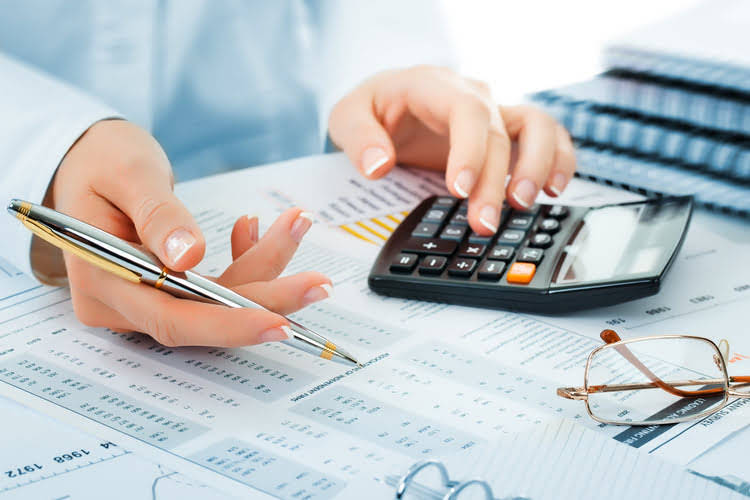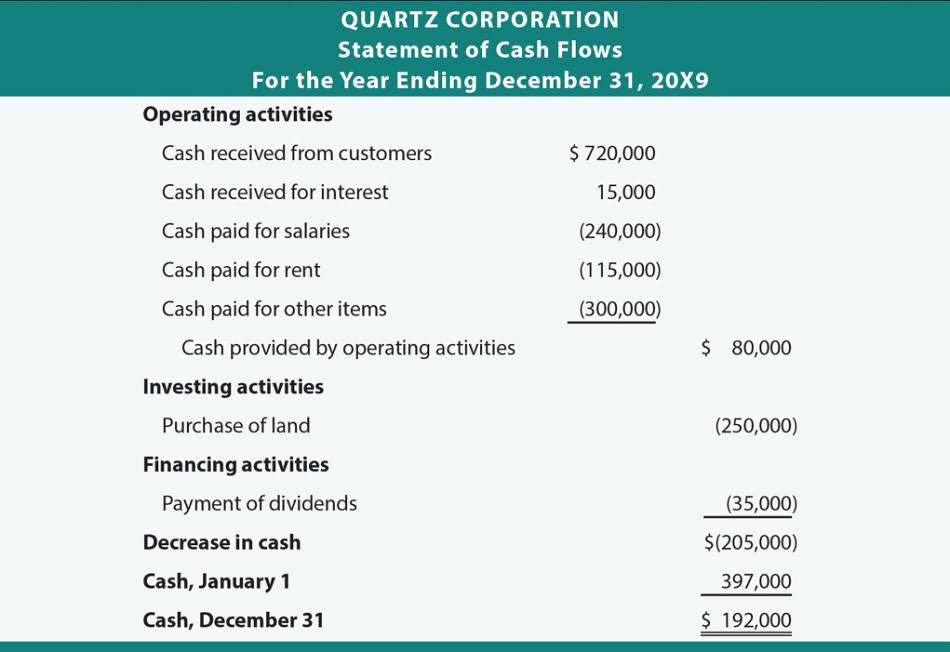Dropshipping and Sales Tax: who collects, who pays?


The next thing you should do is go to the Sales tax section and select Collect sales tax. Then, enter your tax number in the Tax number field, and click to collect tax. The process varies from state to state, but you can usually find the steps to apply for a permit by searching “[State name] sales tax certificate” on Google. Also, read our previous article about dropshipping in Canada. Your business has to charge GST or HST in Canada unless it qualifies as an exception. That’s why it is crucial to understand the exceptions and the requirements for charging, collecting, and remitting this kind of tax in the country.
Origin sourcing is usually the rule of thumb for in-store sales when the buyer walks out with bags in hand. If a shopper can’t find their size at the store so orders it for delivery, the sales tax rate in effect at the delivery address would typically apply. However, in Utah, in-state retail sales of tangible personal property are generally sourced to the seller’s fixed place of business, even if the goods are delivered. When running a dropshipping business, you need to pay income tax to your local government. This means that if your business is based in the United States, you will have to pay income tax to the US government. And even if your customers are based in, let’s say, France, you will have to pay income tax to the US government.
How to Set Up Your Dropshipping Taxes on Shopify
Proof of exemption can be handled in most states with a formal out-of-state exemption certificate from the distributor on file with the retailer. In many cases, states accept “alternate documentation” proving the distributor qualifies for an exemption with the state determining what’s acceptable. Other states require an in-state exemption, but without a nexus in that state, the retailer may not be able to obtain this certificate. However, states have different standards of what documentation they accept. Distributors need to know what states accept what documentation. Shopify automatically collects the right amount of sales tax on an order.
- In this case, Ron has given proof to Debbie that she does not have to collect sales tax from him, because he is also a retailer.
- There is the rare case, like in the US, where you have to pay income tax to both the federal government and your local state.
- If you’re a sole proprietor, you likely need to file quarterly, but you can check the IRS’s requirements to see if that’s necessary.
- In some cases, you need to collect taxes from customers and then remit those to the government.
- Thus, as an entrepreneur running a dropshipping business, you are required to pay taxes.
- But if not, then don’t worry, most ecommerce platforms have guides on how to charge taxes on their platform.
Once you have your exemption in hand, you can turn it over to your supplier. This tells them that they don’t need to charge you sales tax, which is good news for your wallet. The bad news is that exemption certificate fraud is so common that some suppliers won’t accept exemption certificates anymore. If you want to save money, make sure you choose suppliers that accept dropshipping tax-exempt forms before you sign a contract with them. That said, Michael J. Fleming reported last October at SalesTaxSupport.com that things are changing.
Dropshipping Taxes: Everything You Need to Know as Beginner
With most online sales, most states base sales tax rates on the shipping address. In sales tax jargon, this is known as destination sourcing, because sales do you need to charge sales tax when drop shipping tax is sourced to the destination of the goods, the place where they’re delivered. The first sale to occur is between your vendor and your company.
- If Adam sells a synthesizer to a buyer in Denton, Texas, he’s required to charge that buyer sales tax.
- But in case your dropshipping business is based outside of the European Union and you are sourcing your products from an EU supplier, you will not have to pay VAT.
- If your goods are being imported from outside the EU, then upon delivery, the customer might end up paying some surprise VAT and import duties.
- The supplier fulfills the order but doesn’t typically have a relationship with the end customer.
- Drop shipping is one of the more complicated aspects of sales tax law.
- Instead, you buy these products from a third-party supplier, and that supplier then sends them directly to the customer.
If you are an ecommerce company selling tangible goods (i.e. clothes, electronics, PDFs, etc.), the rule is pretty clear. You need to charge GST across the board if the destination is in Canada. Depending on the destination, you may charge GST only, GST + PST, or HST. But, as we’ve often found with anything sales tax-related, there’s a wrinkle. If you want to save even more time, Spark Shipping integrates with Shopify.
Company
You may be required to collect sales tax for your dropshipping products, depending on whether their state or your customers’ state has a sales tax. And if your dropshipping supplier has nexus in the state, but you do not, they may be required to collect sales tax. In most cases, you are not obliged to pay sales tax on products you buy from a dropshipping supplier for resale purposes. There is logic in this because you, as a dropshipper, are not the end consumer.


This means that as the retailer (that’s you), you don’t have to physically handle the products, which reduces the initial costs and risks. They also want it taxed correctly — or at least they don’t want to pay sales tax on shipping unless necessary. Automating sales tax collection, remittance, and filing is the most effective way to get it right. Other states consider any shipping charges that are higher than your actual cost to ship the item to be taxable.
Let Shopify automate your sales tax while Spark Shipping handles just about everything else. If you sell primarily on a platform like Shopify, you don’t have to deal with sales tax by yourself. Shopify’s settings can help you automate the sales tax process and keep it as simple as possible. As the dropshipper, you work as the go-between for manufacturers and shoppers. You don’t have to hold onto inventory, which frees you up to focus on sales and marketing. If you want to get into retail eCommerce without the hassle of managing inventory, dropshipping is the way to go.
Customs duty is a tax that applies to goods shipped across international borders. It can be paid by either the dropshipper or the buyer upon delivery to the destination country. For example, if a product costs $15 initially and the source tax rate is 10%, the total payment would be $16.5.
Do I need to collect sales tax on my dropshipped products?
Hence, some areas have higher tax rates, while others have lower ones, and a few don’t require tax payments at all. Yes, you do need to pay taxes when you’re involved in dropshipping. It may sound a bit disappointing since dropshipping is a way to increase your income. In this comprehensive guide, I’ll reveal the hidden gems, the pitfalls, and all the numbers that can make or break your success. So, let’s reveal “What kind of taxes do I need to pay for dropshipping?

